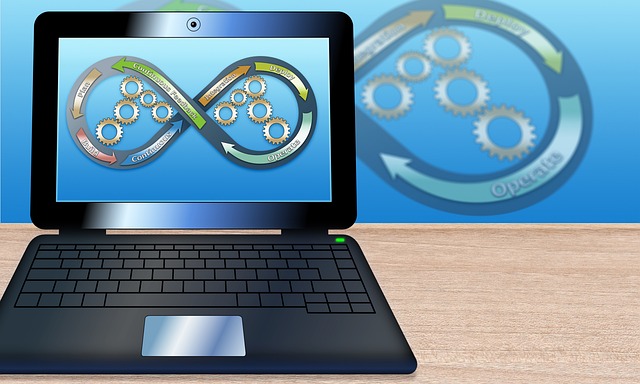Interoperability focuses on systems working together, while integration is about combining them into a unified, cohesive system.
TL;DR Interoperability Vs. Integration
Interoperability refers to the ability of systems or devices to exchange and interpret data seamlessly. It focuses on ensuring that different technologies can work together effectively without any issues. Interoperability enables collaboration and communication between various systems, enabling them to share information effortlessly.
Integration involves combining multiple systems or components into a unified whole. Integration aims to streamline processes by merging separate entities into a cohesive unit. It allows for data flow across different applications, eliminating silos and creating a more efficient workflow.
What is interoperability?

What is interoperability? It’s a term that describes the ability of different systems, devices, or applications to seamlessly communicate and exchange information with one another. In simpler terms, it’s like having a universal translator that allows various pieces of technology to understand each other and work together harmoniously.
Interoperability is crucial in today’s digital landscape because it enables diverse systems to collaborate effectively. Whether it’s sharing data between healthcare providers or integrating software solutions across departments in an organization, interoperability ensures smooth operations and efficient workflows.
There are different levels of interoperability, ranging from basic to advanced. At the basic level, systems may only be able to exchange limited amounts of data using standardized formats. However, at the advanced level, interoperable systems have full compatibility and can share complex information seamlessly without any loss or distortion.
The key takeaway here is that interoperability focuses on enabling communication between disparate systems while preserving their individual functionalities. It aims to break down silos by providing a common language for technology components to speak so they can work together towards a common goal – enhancing efficiency and productivity in various domains.
What is Integration?
Integration is a term often used in the world of technology and software development. In simple terms, integration refers to the process of combining different systems or components so that they can work together seamlessly. It involves bringing together various pieces of functionality or data into a unified whole.
In the context of software applications, integration allows different systems to communicate with each other and share information effectively. This can be achieved through APIs (Application Programming Interfaces) or other methods that enable data exchange between applications.
Integration plays a crucial role in streamlining business processes and improving efficiency. By integrating disparate systems, organizations can eliminate manual tasks, reduce duplication of efforts, and ensure accurate and up-to-date information across multiple platforms.
There are various types of integration approaches such as point-to-point integrations, middleware-based integrations, or using an Enterprise Service Bus (ESB). Each approach has its own advantages and considerations depending on the specific requirements of the organization.
Integration enables businesses to optimize their operations by connecting separate systems and enabling them to work harmoniously towards common goals. It facilitates collaboration, enhances productivity, and ultimately leads to improved customer experiences.
Interoperability Vs. Integration – Key differences
| Aspect | Interoperability | Integration |
|---|---|---|
| Definition | Ability of different systems to work together | Combining separate systems into a unified one |
| Scope | Focused on system interaction and data exchange | Concerned with creating a single, unified system |
| Independence | Systems remain independent entities | Systems are merged into a single entity |
| Data Exchange | Emphasizes data sharing and communication | Aims to create a seamless data flow within one system |
| Complexity | Often involves less complex connections | Typically requires complex connections and transformations |
| Goals | Facilitates coexistence and cooperation | Aims for a cohesive and consolidated operation |
| Examples | APIs, data formats, network protocols | Enterprise resource planning (ERP) systems, software suites |
Image Credits
Featured Image By – kiquebg from Pixabay
Image 1 By – Dirk Wouters from Pixabay








